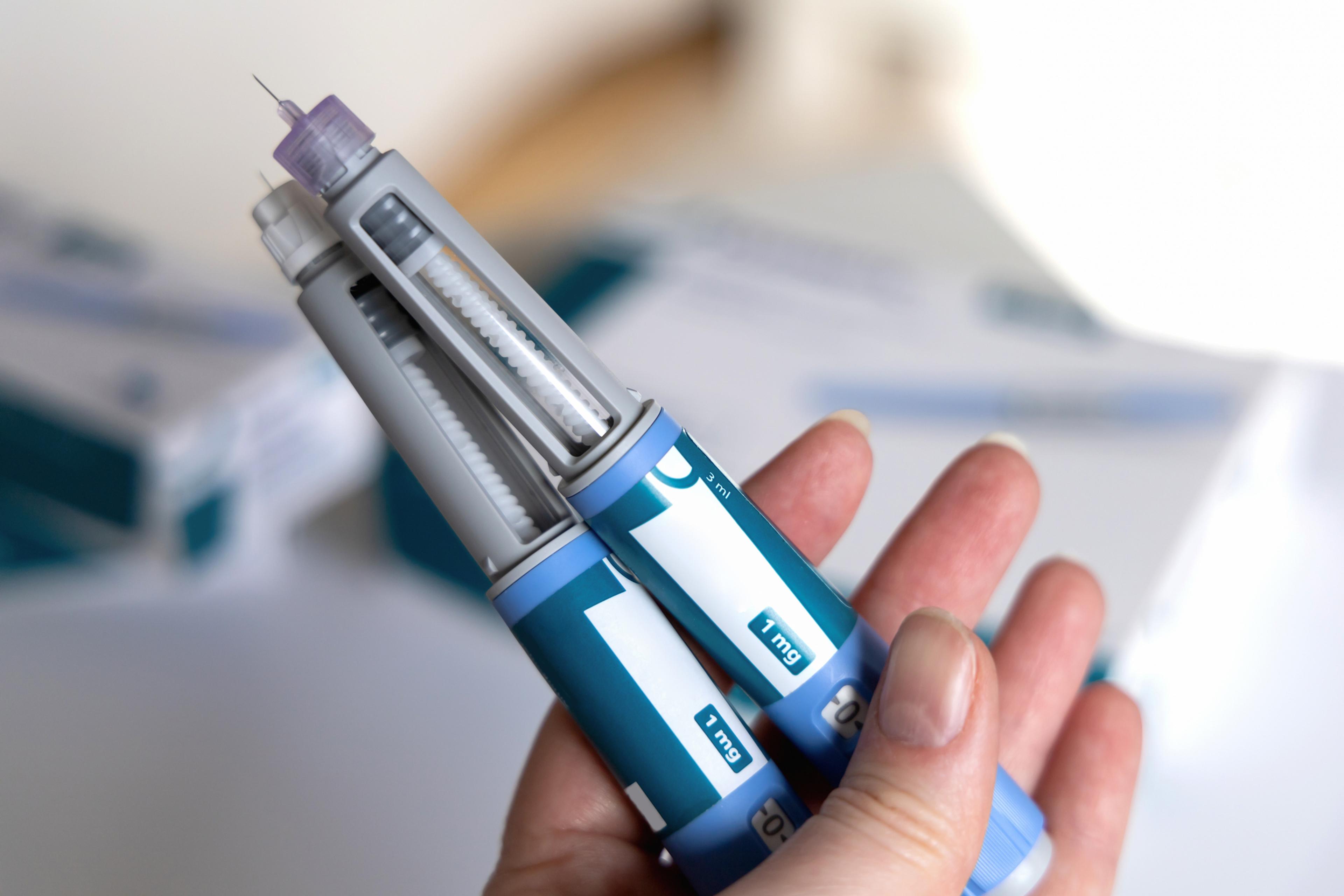
If you chose a high deductible health plan (HDHP) with a health savings account (HSA) this year, it’s time to start thinking about how you can maximize your plan.
You may have selected an HSA specifically because of those tax breaks. Maybe you did it for the lower premiums. Or maybe, it was the only option your employer offered. Whatever your reason, these pointers can help you take advantage of your HSA’s savings power.
Benefits of an HSA
As a quick refresher, here are some benefits HSAs offer in terms of federal income taxes:
- All interest in your HSA is 100% tax-deferred, so no matter how many HSA dollars you accumulate, your funds will not be subjected to taxes unless they are used for non-eligible medical expenses.
- Contributions reduce your taxable income, and you are eligible for a tax deduction for additional contributions you make to your HSA even if you do not itemize those deductions.
- Distributions for qualified medical expenses — for both you and your family — are not taxed.
Getting the most out of your HSA
Here are ways to maximize your HSA’s potential in the new year.
Contribute enough to cover expected out-of-pocket medical expenses and then some: If you have a rough idea of how much money you’ll spend on medical expenses over the next year-plus, consider depositing that amount into your HSA. If you end up needing to access some or all those funds, your withdrawals will be tax-free. If you don’t, there is no “use it or lose it” rule, so if you overestimated your expenses for the year, those funds simply roll over into next year and beyond.
Invest and grow your contributions: Once your balance reaches a certain amount, you can grow your savings even more through mutual fund investments. HSA contributions can be invested into mutual funds, stocks, or bonds that can compound year after year.
Max out your contribution limits: The HSA contribution limits for 2023 are $3,850 for self-only coverage and $7,750 for family coverage. Individuals who are 55 and older can contribute an additional $1,000 as a catch-up contribution. Maxing out your contribution limits means you will have even more tax-free funds at your disposal if you happen to incur unexpected medical expenses.
You can also utilize this strategy if your goal is to leave these funds relatively untouched and instead spend years building a retirement nest egg. Your insurance and Medicare will only pay a portion of your retirement health care expenses, but your HSA is a great long-term savings tool to help build tax-free health care savings for retirement.
Spend HSA funds on dental, vision, prescriptions and more: Your HSA debit card isn’t only valid at the doctor’s office and hospital. You can spend HSA dollars on a variety of health care needs. Use your HSA to pay for contact lenses or eyeglasses, fluoride treatments, dental X-rays, and cleanings, and a lengthy list of qualified medical expenses like over-the-counter medications, nasal sprays or drops, cold and flu medicine and much more.
For more tips, watch our video 6 Tips to Get the Most Out of Your HSA or visit bcbsm.com/hsa.
Photo credit: Getty Images





